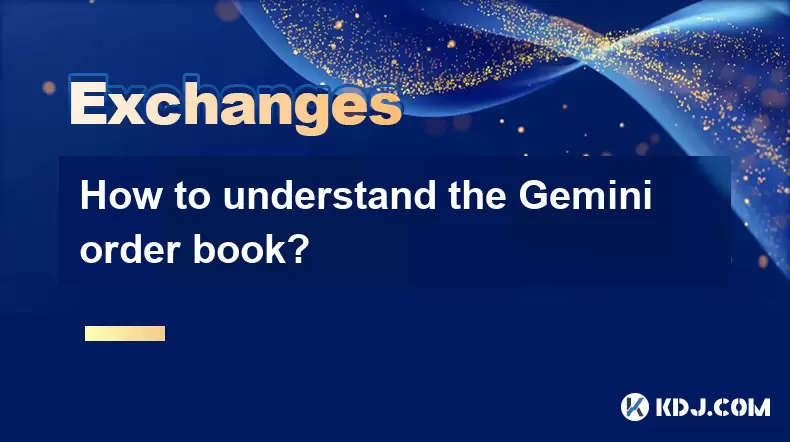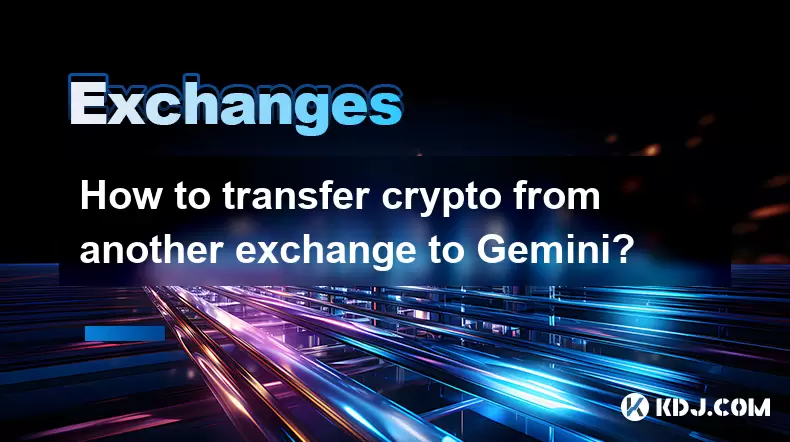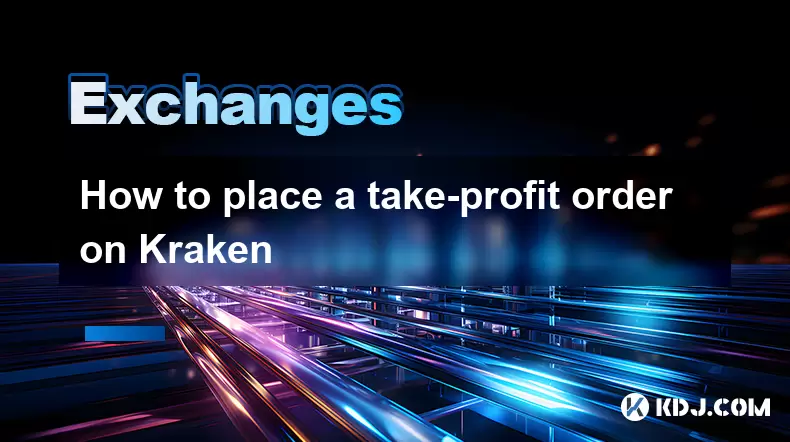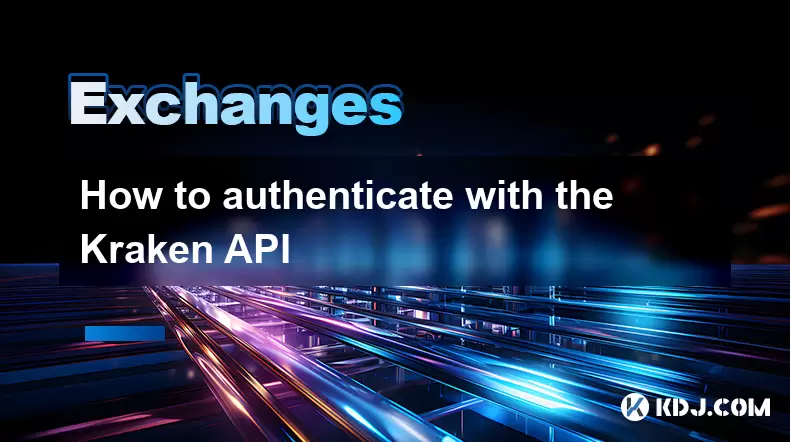-
 Bitcoin
Bitcoin $113900
-1.39% -
 Ethereum
Ethereum $3517
-4.15% -
 XRP
XRP $3.009
1.59% -
 Tether USDt
Tether USDt $0.9997
-0.04% -
 BNB
BNB $766.8
-1.41% -
 Solana
Solana $164.6
-2.38% -
 USDC
USDC $0.9998
-0.02% -
 TRON
TRON $0.3277
0.65% -
 Dogecoin
Dogecoin $0.2023
-1.67% -
 Cardano
Cardano $0.7246
0.05% -
 Hyperliquid
Hyperliquid $38.27
-4.77% -
 Sui
Sui $3.528
-0.52% -
 Stellar
Stellar $0.3890
-0.73% -
 Chainlink
Chainlink $16.16
-2.69% -
 Bitcoin Cash
Bitcoin Cash $539.9
-4.38% -
 Hedera
Hedera $0.2425
-2.00% -
 Avalanche
Avalanche $21.71
-0.97% -
 Toncoin
Toncoin $3.662
5.73% -
 Ethena USDe
Ethena USDe $1.000
-0.02% -
 UNUS SED LEO
UNUS SED LEO $8.964
0.35% -
 Litecoin
Litecoin $107.7
2.33% -
 Shiba Inu
Shiba Inu $0.00001223
-0.40% -
 Polkadot
Polkadot $3.617
-0.97% -
 Uniswap
Uniswap $9.052
-2.49% -
 Monero
Monero $295.1
-3.79% -
 Dai
Dai $0.9999
0.00% -
 Bitget Token
Bitget Token $4.315
-1.85% -
 Pepe
Pepe $0.00001060
0.11% -
 Cronos
Cronos $0.1342
-2.72% -
 Aave
Aave $256.0
-0.87%
How to understand the Gemini order book?
The Gemini order book displays real-time buy and sell orders for crypto pairs, helping traders analyze market depth, spot support/resistance levels, and make informed trading decisions.
Aug 02, 2025 at 03:35 pm

What Is the Gemini Order Book?
The Gemini order book is a real-time ledger that displays all open buy and sell orders for a specific cryptocurrency trading pair on the Gemini exchange. It functions as a transparent marketplace where traders can view the depth of market demand and supply. Each entry in the order book represents an individual limit order placed by a user, showing the price and quantity they are willing to trade. The bid side lists all buy orders, arranged from the highest to the lowest price, while the ask side displays sell orders, sorted from the lowest to the highest price. The point where these two sides meet is known as the current market price or the last traded price.
Understanding the structure of the order book helps traders anticipate price movements based on supply and demand dynamics. A dense order book with large volumes at various price levels indicates strong market interest and potential resistance or support zones. For instance, a cluster of large sell orders at $30,000 for Bitcoin might act as a price ceiling, making it harder for the price to rise beyond that level without significant buying pressure.
Key Components of the Order Book
To fully interpret the Gemini order book, users must recognize its core components:
- The bids section shows all pending buy orders. Higher bids appear at the top, reflecting the maximum price buyers are willing to pay.
- The asks (or offers) section displays pending sell orders. Lower asks are prioritized, indicating the minimum price sellers are willing to accept.
- The spread is the difference between the highest bid and the lowest ask. A narrow spread typically signifies a liquid and efficient market.
- Market depth is visualized as a chart beneath the order book, illustrating cumulative volume at different price points. This helps traders assess how much buying or selling pressure exists at various levels.
Each order entry includes the price, quantity, and sometimes the total value (price × quantity). On Gemini’s interface, these values are updated in real time, enabling users to react swiftly to market changes. Traders often look for imbalances—such as a significantly larger volume on the bid side—to predict short-term price direction.
How to Access the Order Book on Gemini
To view the order book on Gemini, follow these steps:
- Log in to your Gemini account at www.gemini.com.
- Navigate to the "Trade" section from the top menu.
- Select a trading pair, such as BTC/USD or ETH/USD, from the dropdown menu.
- Once the trading interface loads, locate the central panel displaying price charts.
- On the right-hand side, you will see two vertically stacked tables: the upper one shows asks (sell orders), and the lower one shows bids (buy orders).
- Toggle between "Order Book" and "Trades" views if needed, using the tab options.
- Adjust the display density by selecting how many levels (e.g., 10, 20, 50) you want visible in the book.
The order book updates in real time, with color-coded indicators: green often highlights recent bid activity, while red signifies ask-side trades. Some advanced users enable the market depth chart, which overlays bid and ask volumes on a price axis, providing a visual representation of liquidity.
Interpreting Order Book Data for Trading Decisions
Traders use the Gemini order book to make informed decisions based on market sentiment and liquidity. A large stack of buy orders at a specific price suggests strong support, meaning the price may rebound if it drops to that level. Conversely, a wall of sell orders can indicate resistance, potentially halting upward momentum.
For example, if the current BTC/USD price is $29,500, and there is a substantial bid wall at $29,400 with 10 BTC volume, it signals that buyers are actively defending that price. If a market sell order exceeds the available liquidity at $29,400, the price may "slip" downward to the next level of bids, a phenomenon known as slippage.
Day traders often watch for order book imbalances. If the bid volume significantly exceeds ask volume, it may precede a price increase. Conversely, dominant ask volume could foreshadow a drop. Rapid disappearance of large orders (often called order flickering) may indicate high-frequency trading bots testing market liquidity.
Placing limit orders based on order book analysis allows traders to enter or exit positions at desired prices. For instance, placing a buy limit order just above a dense cluster of bids may help secure a fill if upward momentum builds.
Differences Between Limit and Market Orders in the Order Book
The behavior of limit orders and market orders directly impacts the order book. A limit order is added to the book only if it does not immediately match an existing order. For example, placing a buy limit order at $29,300 when the lowest ask is $29,400 will add your order to the bid side, increasing bid depth.
In contrast, a market order executes immediately against the best available price in the order book. Submitting a market buy order for 1 BTC will consume the lowest-priced sell orders until the full quantity is filled. This action removes liquidity from the book and may cause price movement, especially in less liquid markets.
It is crucial to understand that market orders do not appear in the order book because they are executed instantly. Only unfilled limit orders remain visible. Traders aiming to minimize impact on price often use limit orders, while those prioritizing speed use market orders despite potential slippage.
Frequently Asked Questions
What does a "bid-ask spread" mean on Gemini?
The bid-ask spread is the difference between the highest price a buyer is willing to pay (bid) and the lowest price a seller is willing to accept (ask). A tight spread indicates high liquidity and is common in major trading pairs like BTC/USD.
Why do some orders disappear quickly from the Gemini order book?
Orders may vanish due to cancellation by the trader or execution when matched with a market order. High-frequency traders often place and cancel orders rapidly, creating flickering effects that can mislead retail traders.
Can I see hidden orders on the Gemini order book?
No, Gemini does not display iceberg orders or hidden volume. All visible orders represent the full limit order as submitted. Any order not shown is either filled, canceled, or not yet placed.
How does the order book affect stop-loss or take-profit orders?
Stop-loss and take-profit orders are not part of the public order book until they are triggered and converted into market or limit orders. Once activated, they may appear in the book (if limit) or execute immediately (if market).
Disclaimer:info@kdj.com
The information provided is not trading advice. kdj.com does not assume any responsibility for any investments made based on the information provided in this article. Cryptocurrencies are highly volatile and it is highly recommended that you invest with caution after thorough research!
If you believe that the content used on this website infringes your copyright, please contact us immediately (info@kdj.com) and we will delete it promptly.
- Crypto Donations, Trump PAC, and Bitcoin: A New York Minute on Political Coin
- 2025-08-02 20:30:12
- Crypto Market Under Pressure: Bearish Momentum and Rising Volatility Take Hold
- 2025-08-02 20:30:12
- DeFi Token Summer Gains: Is Mutuum Finance the Real Deal?
- 2025-08-02 18:30:12
- Bitcoin, Realized Price, and the Top: Are We There Yet?
- 2025-08-02 18:30:12
- Dogwifhat (WIF) Rally: Will the Meme Coin Bite Back?
- 2025-08-02 19:10:12
- PayFi Heats Up: Tron's AMA Recap & TRX's Bullish Nasdaq Debut
- 2025-08-02 19:10:12
Related knowledge

How to understand the Gemini order book?
Aug 02,2025 at 03:35pm
What Is the Gemini Order Book?The Gemini order book is a real-time ledger that displays all open buy and sell orders for a specific cryptocurrency tra...

How to transfer crypto from another exchange to Gemini?
Aug 02,2025 at 07:28pm
Understanding the Basics of Crypto Transfers to GeminiTransferring cryptocurrency from another exchange to Gemini involves moving digital assets from ...

How to sell cryptocurrency on Gemini?
Aug 02,2025 at 05:07pm
Understanding the Gemini Platform and Account SetupBefore selling cryptocurrency on Gemini, it’s essential to ensure you have a fully verified account...

How to fix a failed cryptocurrency deposit to Kraken
Aug 02,2025 at 03:22pm
Understanding Why a Cryptocurrency Deposit Fails on KrakenWhen a cryptocurrency deposit fails on Kraken, the issue typically stems from one of several...

How to place a take-profit order on Kraken
Aug 02,2025 at 02:28pm
Understanding the Role of Private Keys in Cryptocurrency SecurityIn the world of cryptocurrency, private keys are the most critical component of digit...

How to authenticate with the Kraken API
Aug 02,2025 at 01:49pm
Understanding Kraken API Authentication RequirementsTo interact securely with the Kraken API, authentication is required for any private endpoints suc...

How to understand the Gemini order book?
Aug 02,2025 at 03:35pm
What Is the Gemini Order Book?The Gemini order book is a real-time ledger that displays all open buy and sell orders for a specific cryptocurrency tra...

How to transfer crypto from another exchange to Gemini?
Aug 02,2025 at 07:28pm
Understanding the Basics of Crypto Transfers to GeminiTransferring cryptocurrency from another exchange to Gemini involves moving digital assets from ...

How to sell cryptocurrency on Gemini?
Aug 02,2025 at 05:07pm
Understanding the Gemini Platform and Account SetupBefore selling cryptocurrency on Gemini, it’s essential to ensure you have a fully verified account...

How to fix a failed cryptocurrency deposit to Kraken
Aug 02,2025 at 03:22pm
Understanding Why a Cryptocurrency Deposit Fails on KrakenWhen a cryptocurrency deposit fails on Kraken, the issue typically stems from one of several...

How to place a take-profit order on Kraken
Aug 02,2025 at 02:28pm
Understanding the Role of Private Keys in Cryptocurrency SecurityIn the world of cryptocurrency, private keys are the most critical component of digit...

How to authenticate with the Kraken API
Aug 02,2025 at 01:49pm
Understanding Kraken API Authentication RequirementsTo interact securely with the Kraken API, authentication is required for any private endpoints suc...
See all articles

























































































